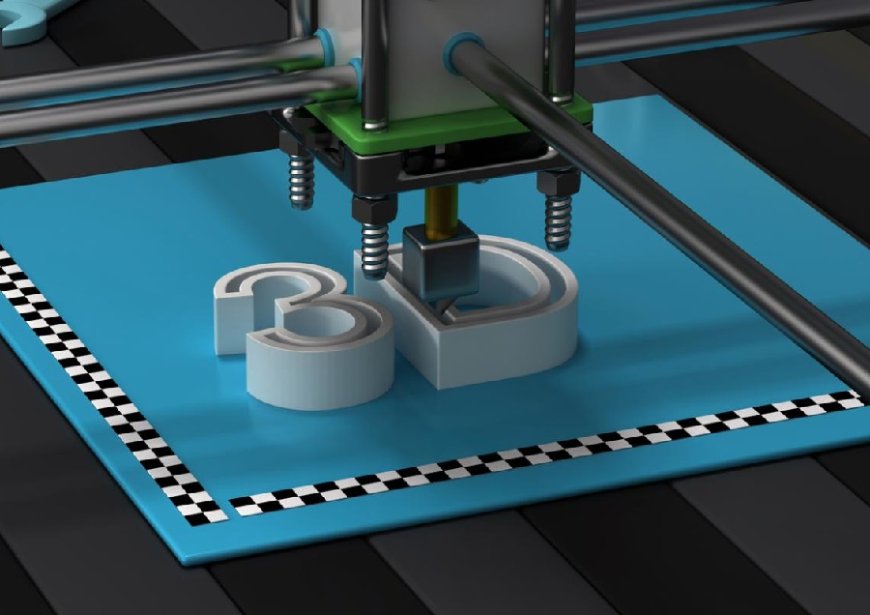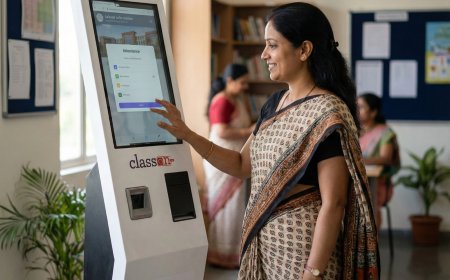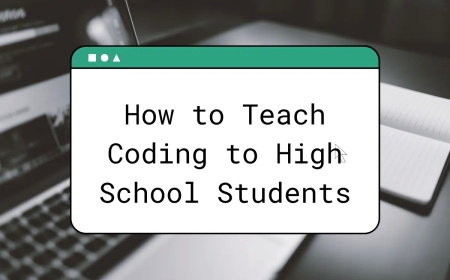How 3D Printing is Changing Classroom Learning
Discover how 3D printing is transforming classroom learning by enhancing creativity, hands-on education, STEM accessibility, and future career readiness.

Technology is changing the way students learn, and 3D printing is one of the biggest innovations making an impact in classrooms. From science experiments to architectural models, 3D printing technology is helping students understand complex concepts in a hands-on way. Schools and universities across the world are embracing this technology to enhance creativity, problem-solving skills, and technical knowledge.
Educators believe that 3D printing is not just a tool but a game-changer in modern education. By allowing students to design, build, and test their ideas in real-time, this technology is making learning more engaging and interactive. Here are 10 ways 3D printing is transforming classroom education.
1. Bringing Textbooks to Life
Instead of just reading about historical artifacts, anatomical structures, or complex machines, students can now create physical models using 3D printing. This interactive learning experience makes it easier to grasp difficult subjects like biology, engineering, and geography.
2. Encouraging Creativity and Innovation
3D printing gives students the freedom to design and develop their own projects, helping them explore their creativity. Whether it’s designing a miniature city or building a model of a robot, students can bring their ideas to life like never before.
3. Hands-On Learning in Science and Mathematics
From mathematical shapes to chemistry molecules, students can print 3D objects to visualize abstract concepts. This hands-on approach helps students understand theories more clearly, making science and math more engaging.
4. Personalized Learning for Every Student
Every student learns at their own pace, and 3D printing allows teachers to customize lessons based on individual needs. Whether it’s creating special learning tools for students with disabilities or printing custom models for better understanding, this technology supports personalized education.
5. Preparing Students for Future Careers
Industries such as engineering, medicine, architecture, and fashion are using 3D printing extensively. By learning this technology in school, students gain valuable skills that prepare them for future careers in technology and design-related fields.
6. Enhancing Problem-Solving and Critical Thinking
3D printing encourages students to think critically and solve real-world problems. Whether they are creating prototypes for environmental solutions or designing functional tools, students develop practical problem-solving skills that go beyond the classroom.
7. Making STEM Education More Accessible
STEM (Science, Technology, Engineering, and Mathematics) education benefits greatly from 3D printing. Schools with limited resources can create affordable models instead of buying expensive learning materials, making quality education more accessible.
8. Improving Engagement in History and Art Classes
History and art lessons become more immersive when students can print historical artifacts, sculptures, and ancient tools. This helps them connect with the past in a more tangible way, enhancing their understanding and appreciation of history and culture.
9. Supporting Environmental Awareness
3D printing promotes sustainability by using eco-friendly materials and encouraging students to think about recycling and reducing waste. Schools can introduce projects where students design environmentally friendly products, promoting green initiatives.
10. Encouraging Teamwork and Collaboration
Working on 3D printing projects often requires teamwork, where students must brainstorm, design, and build together. This improves their collaborative skills, teaching them how to work effectively in groups and preparing them for future work environments.
Conclusion
The introduction of 3D printing in classrooms is revolutionizing education. By allowing students to explore, create, and experiment, this technology is making learning more interactive, engaging, and effective. As more schools adopt 3D printing, the future of education looks brighter, with students becoming more prepared for the challenges of the modern world.




























